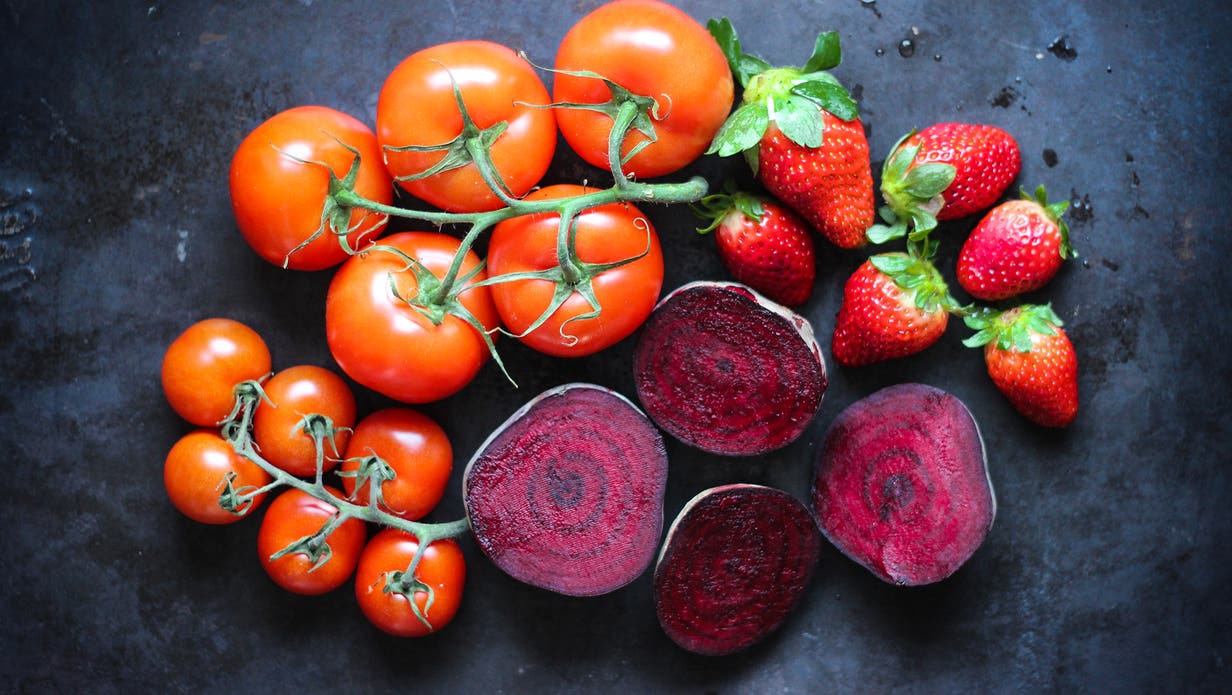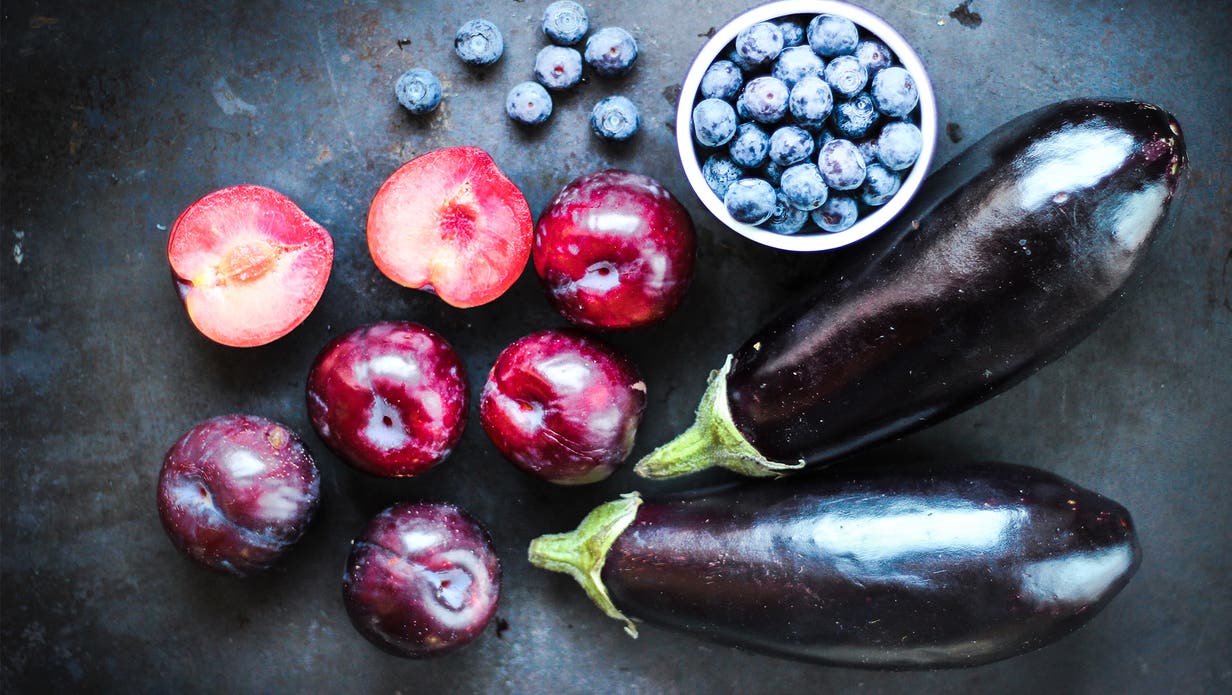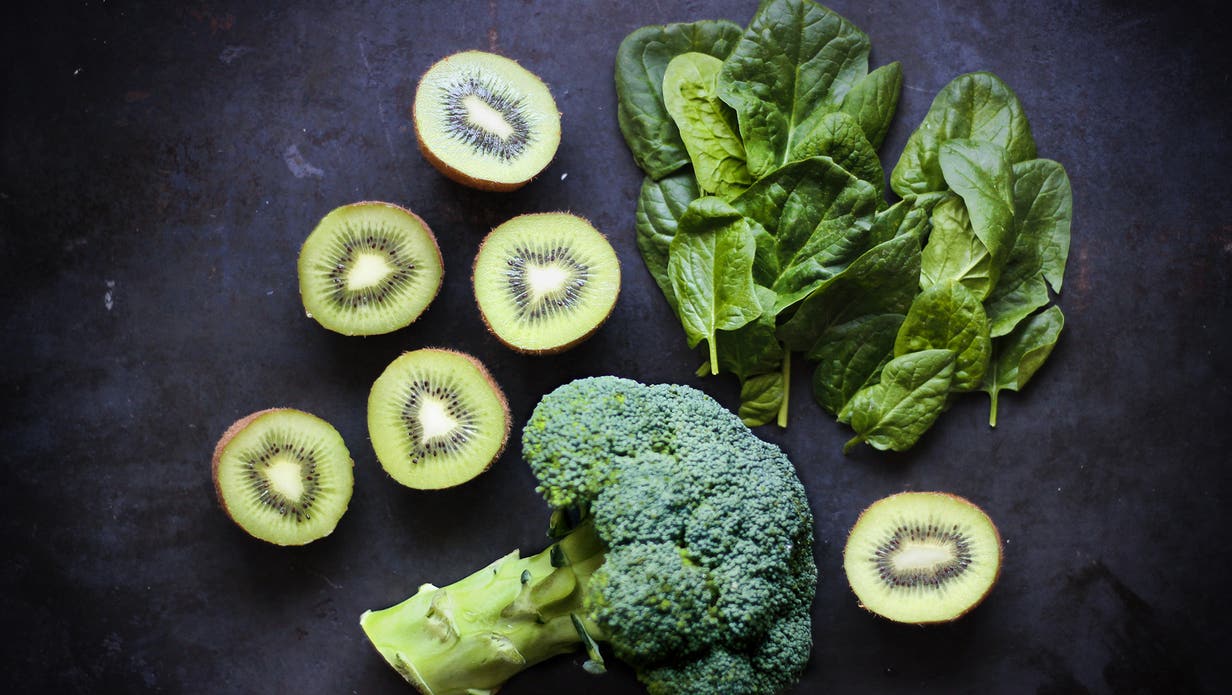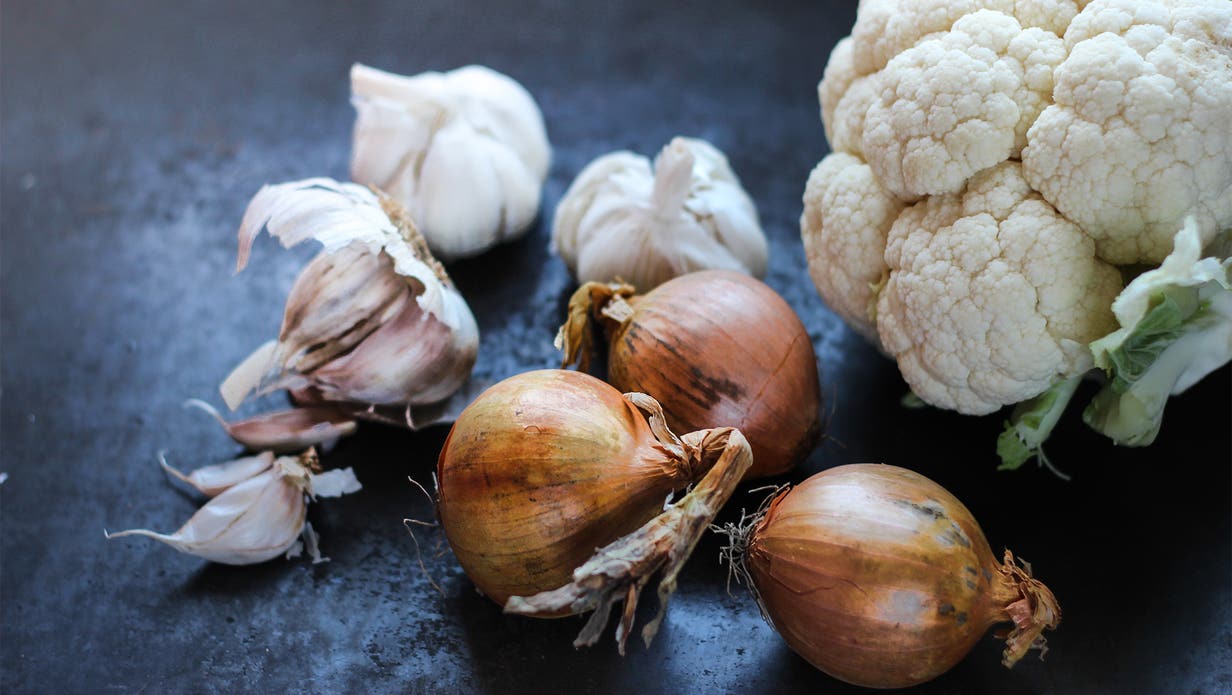Veggies = vitamins - that’s what we’ve been told since we were kids. And it’s true: fruits and vegetables are full of vitamins and other micronutrients that are essential for our body and our athletic performance. Since there is a relationship between color and nutritional value, you can learn a lot about your food just by looking at it. Certain colors of foods indicate an abundance of specific nutrients. That’s why when you look at your plate, you should see a rainbow of color coming from a number of sources. Here’s some inspiration:
A quick recap on micronutrients
Before we reveal the strategy, let’s quickly remind ourselves why micros are important after all. “Micronutrients” is a general term used to describe vitamins, minerals and trace elements. They are required to produce hormones, enzymes and other crucial substances that are essential for your body to perform metabolic processes and other important functions. Although they are - as their name suggests - only needed in very small doses, many people lack micronutrients. This can have various adverse effects including fatigue, lowered performance, poor concentration, mood swings and physical affects such as brittle nails, hair loss, frequent illnesses and bad skin. Since micronutrients cannot be produced by your body - they must be obtained via food.
More colors, more micros: the rainbow strategy
Vitamin C, Vitamin E, potassium, calcium, beta carotene, zinc, folate - it’s almost impossible to keep track of all the micros your body needs and which foods they can be found in. But nature actually has an easy way to help you balance your intake without any added efforts: all you have to do is look at the color of your food. Science has proven that there’s a connection between the color of a food and its micronutrients, therefore by following the so-called “rainbow strategy”, you can provide your body with everything it needs to perform its best.
Our color guide will give you a quick introduction to food colors and their micros. Combine foods from different colors to create a nutritious and healthy meal.
Red: For your heart

Colored by a natural plant pigment called lycopene, red foods are said to support a healthy heart and reduce the risk of cancer. They are high in Vitamin C, folate and flavonoids that have antioxidant properties, strengthen your immune system and reduce inflammations in your body.
Red foods to color your plate: tomato, strawberries/raspberries/cherries, bell pepper, chili, red onion, beetroot, watermelon
Blue: For your circulation

Fight the flu, combat inflammation, lower your blood pressure and improve your memory functions: purple and blue foods are the multi-taskers within nature and have many great benefits for your body. The phytochemical concentration increases with the darkness of the hue and is strongest in the skin.
Blue and purple foods to color your plate: aubergine, blueberries, plums, blackberries, purple grapes
Green: For your muscles

There’s a reason to eat your greens! Unlike many other foods, greens contain a huge variety of micronutrients. From vitamins such as vitamin A, C, E and K to phytochemicals such as indoles and saponins and minerals such as potassium and folate they are packed with many healthy substances. They help your liver detox, support heart health and can even lower blood pressure. Green foods to color your plate: zucchini, avocado, kale, broccoli, leafy salads, cucumber, pak choi, spinach, asparagus, edamame, lime, kiwi, grapes
Orange/yellow: For your skin and eyes
If your mum ever told you that carrots are good for your eyes, you now know she was actually right. Yellow and orange foods in general are high in carotenoids such as lutein and beta carotene that support a healthy vision. Some of these carotenoids (namely the beta carotene) can also be stored in your liver and in body fat and get converted into Vitamin A whenever needed. The combination of these carotenoids, vitamin A and vitamin C makes orange and yellow foods a powerful weapon against free radicals that damage your cells might cause inflammations, cataracts, heart diseases, blood vessel damages and atherosclerosis.
Orange and yellow foods to color your plate: carrot, sweet potato, pumpkin, khaki, apricot, lemon, orange, kumquat
brown/white: For your immune system

No color, no nutrients? Definitely wrong! White and brown foods should also regularly make it onto your plate since they have anti-viral and anti-bacterial properties, can lower blood pressure and have anti-inflammatory impacts.
White foods to add to your plate: cauliflower, mushrooms, onions, garlic, potato, radish
It’s time to color up your plate and get the most out of your meals!